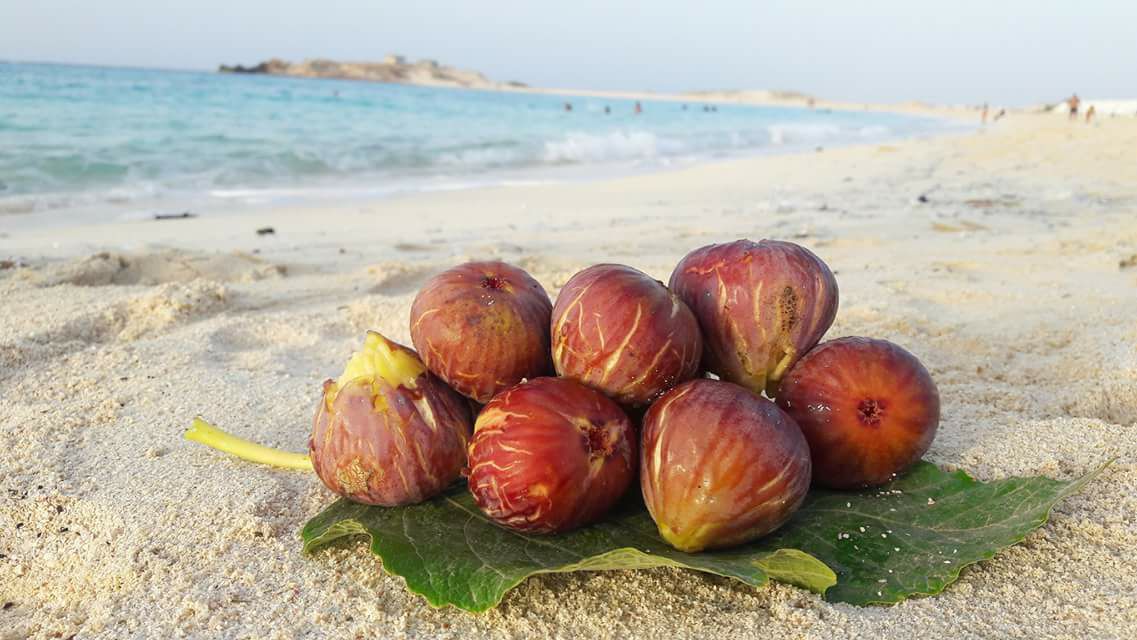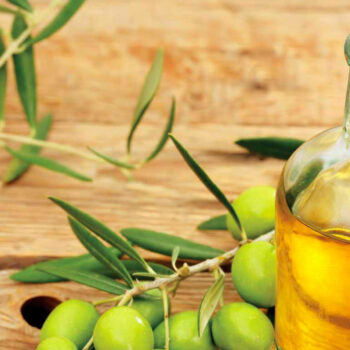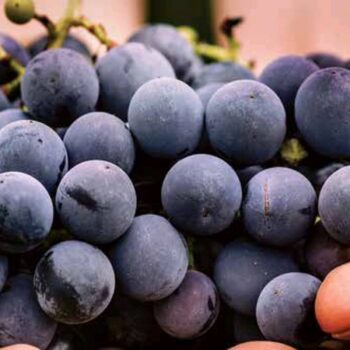Matrouh Figs (Sultani Figs)
Introduction
Fig cultivation is concentrated globally in the Mediterranean region, where about 80% of global production is produced. The cultivation of figs in Egypt began from the time of the ancient Egyptians and appears on the walls of pharaonic temples. The cultivation of fig trees in almost all environments has sparsely needs and produces natural and healthy fruits free of the residual effect of pesticides and fertilizers, as they have a high capacity to adapt and grow in environmental conditions that many fruit trees cannot live in. It also does not require large quantities of water and fertilizers and is resistant to diseases and pests. All these qualities make this tree prominent in these areas and require attention and work to improve its productivity, especially in dry and semi-dry areas, which are subject to many environmental pressures, the most important of which are desertification and climate change.
The fig tree is considered one of the oldest trees known to man – many researchers believe that the native of the fig tree is in the south of the Arabian Peninsula and then moved to the countries of Asia Minor and later to more than one country in the world. Global production of fig is about 1 million tons, most of it (about 90%) from Mediterranean countries, with Turkey leading with 27%, Europe leading with 15%, and Egypt with 11% in addition to the Maghreb, Syria, and Iran. Each year, the governorate of Matrouh produces about 136 thousand tons of fig and is marketed fresh throughout the Republic.
Nutritional and medical value
The fig tree is rich in fruits of high nutritional value and tastes distinctive in both fresh and dried states. It should be noted that the fruits of figs are used in many food industries, such as jam and desserts, as are the use of fig leaves and the residual fruits as animal feed.
Ancient and modern medicine has demonstrated the benefits of medical fig in many areas, as most of the active materials in fig are of Laxative and antiseptic properties, where they are used externally to treat sores and wounds, as well as to treat constipation fig and respiratory infections and to alleviate cough in children.
Nutritional value of fresh and dried fig fruits per 100 grams
| Components | Fresh figs | Dried figs |
| water | 81.9% | 19.4% |
| Calories | 47 calories | 242 Calories |
| proteins | 0.9 grams | 3.5 grams |
| Fatty materials | 0.2 grams | 2.7 grams |
| sugars | 11.2 grams | 58 grams |
| Fiber | 0.2 grams | 10.4 grams |
| Vitamins | ||
| B1 | 0.03 mg | 0.14 mg |
| B2 | 0.04 mg | 0.10 mg |
| calcium | 43 mg | 186 mg |
| iron | 0.5 mg | 3 mg |




